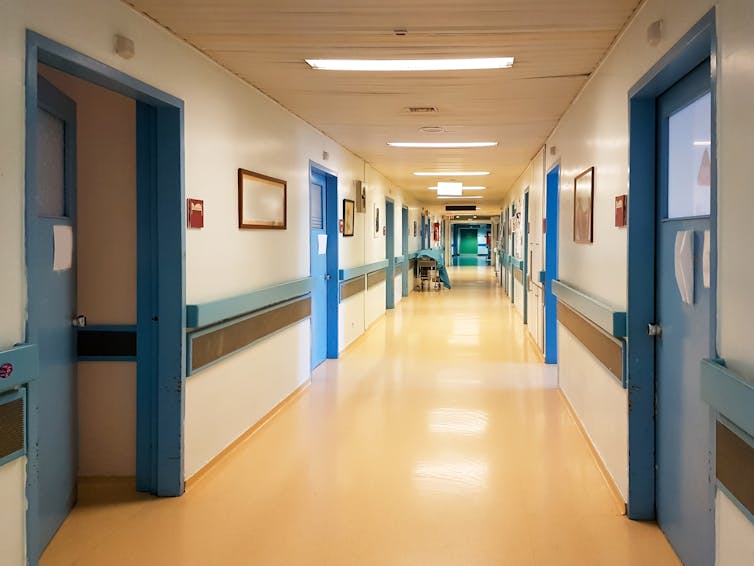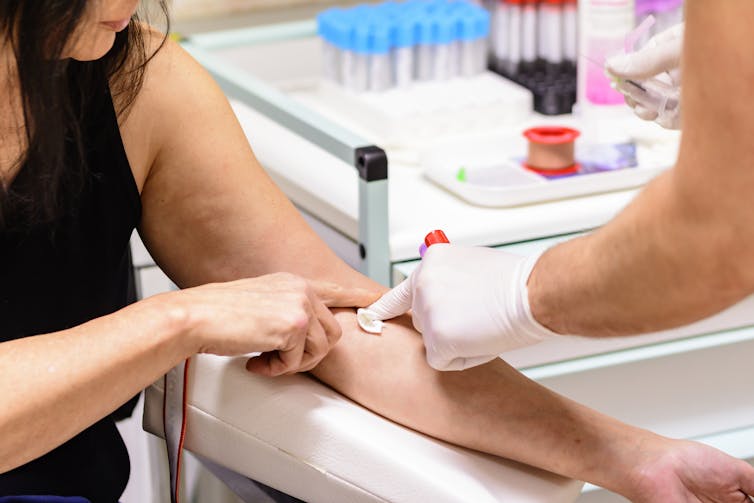'Devastated and sad' after 36 years of research — early detection of ovarian cancer doesn't save lives
I was motivated to improve the outcome for women with ovarian cancer by my experience as a junior doctor in London in 1985. But 36 years on, the results aren't what we'd hoped.





